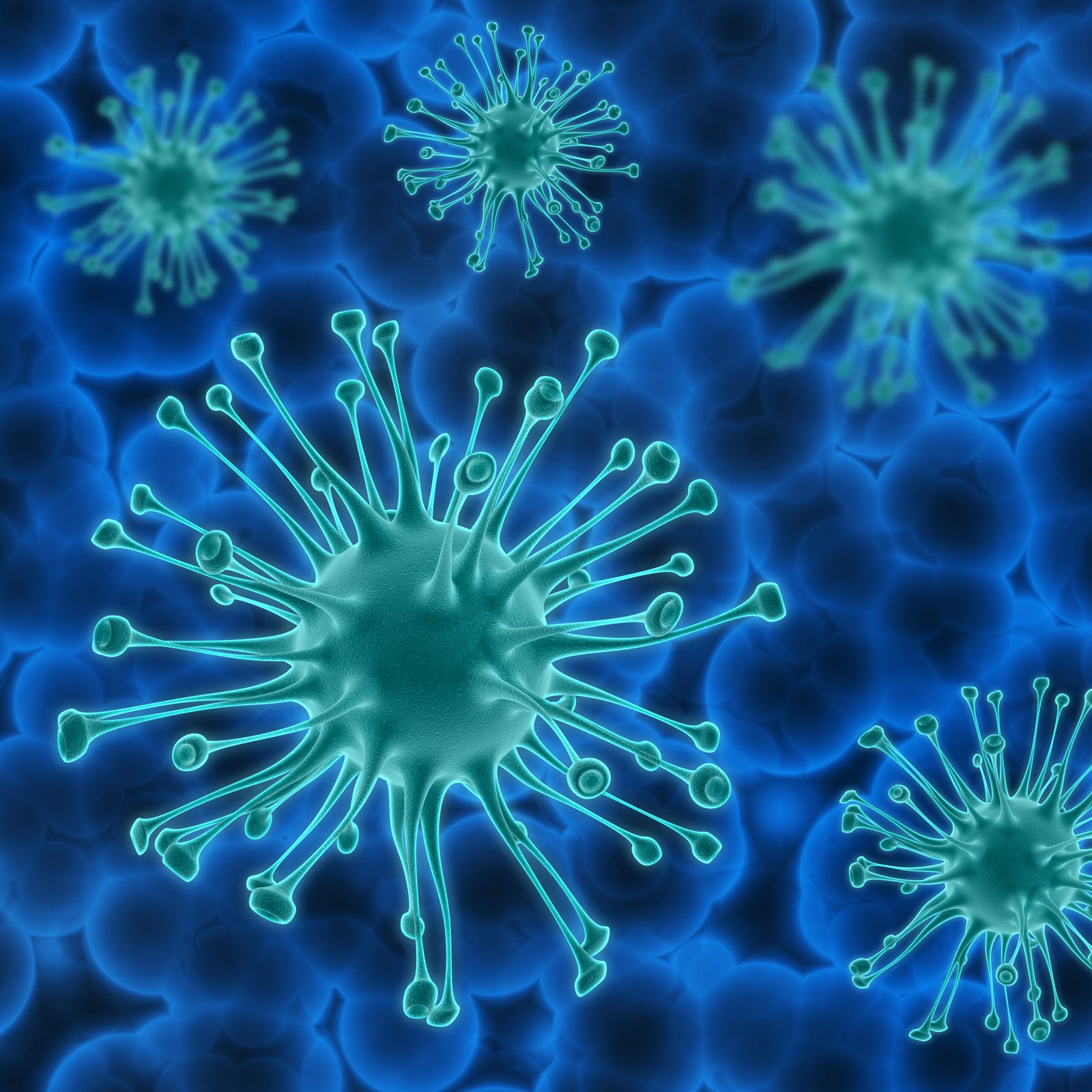Bird Flu Vaccine Trial Shows Strong Immune Response, Averting a Conservation Crisis
1.A Race to Save North America’s Rarest Bird
In 2023, a deadly strain of bird flu (HPAI) swept through California condor populations, killing 21 birds—nearly 18% of the northern Arizona and Utah flock. For a species already teetering on extinction due to lead poisoning, this outbreak was catastrophic. Today, fewer than 350 California condors exist worldwide. But a groundbreaking vaccine trial offers new hope.
2.Why Vaccines Matter for Wildlife
Since 2020, the HPAI virus has caused a global outbreak in birds, spilling over into mammals. Wild birds like condors are especially vulnerable because they can carry the virus without showing symptoms. “When a species has only a few hundred left, every life counts,” researchers explain. Vaccines could prevent extinction by reducing deaths and slowing transmission.
3.From Lab to Field: Testing the Vaccine
To ensure safety, scientists first tested a poultry flu vaccine on black vultures—a close relative of condors. “Vultures are easier to study, and their response helps us predict how condors might react,” the team noted. After promising results, they moved to condors. By October 2024, 207 condors had received at least one dose.
4.Key Findings: A Step Toward Survival
Strong immune response: 95% of vaccinated vultures and 80% of condors developed protective antibodies within 42 days.
Two doses work best: Birds given two shots showed longer-lasting immunity compared to those with one dose.
Safe for endangered birds: No major side effects were observed. Minor swelling at the injection site occurred in two vultures but healed quickly.
5.Challenges and Next Steps
While the results are promising, researchers caution that small sample sizes limited insights into factors like lead poisoning’s impact on immunity. “Lead weakens condors’ health, so we need more data to optimize doses,” they said. Long-term field monitoring will track vaccine effectiveness in the wild.
6.A Model for Saving Endangered Species
This trial isn’t just about condors. “Vaccines could protect other threatened wildlife facing disease outbreaks,” scientists emphasize. Success hinges on collaboration: The U.S. Fish and Wildlife Service and USDA are coordinating efforts to scale the program.
7.Why Timing Is Critical
Condors aren’t the only birds at risk. HPAI has killed millions of poultry and wild birds globally. For endangered species, even a small outbreak can erase decades of conservation progress. Vaccines buy time to rebuild populations while addressing threats like habitat loss and pollution.
8.Looking Ahead
Researchers plan to expand trials to other regions and species. Meanwhile, the condor vaccine program—the first of its kind in the U.S.—sets a precedent for fighting wildlife diseases. “This is how we prevent extinction in a changing world,” the team concludes.
Date:Apr 17 2025
Source:By Dr. Sanchari Sinha Dutta, Ph.D




